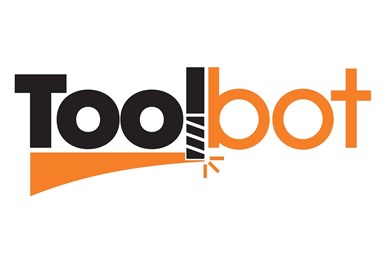IMCO ToolBot Resource Individually Tailors Feeds and Speeds
IMCO’s free, online ToolBot resource uses simple parameters to optimize users’ carbide end mill feeds and speeds.
Share








Hwacheon Machinery America, Inc.
Featured Content
View More


IMCO Carbide Tool Inc. says its online “ToolBot” resource enhances the speed and accuracy of generating carbide end mill feeds and speeds through its specificity for the user’s machining task and machine limits.
“‘ToolBot’ uses prompts and simple dropdown menus that make it incredibly versatile, fast and user-friendly,” explains Matt Osburn, vice president and technical director at IMCO. He further explains that the database-powered technology only requires users to enter four pieces of information – end mill, material, cut type and machine limits – on the menus to see their individualized solution.
Users can select from up to nine common milling cut types on the dropdown menu, with automatic filters disallowing cut types that provide poor machining results with the user’s chosen end mill/material combination. In addition, ToolBot automatically adjusts cutting parameters based on the user’s machine.
Steve Avers, IMCO’s technical support manager, says final ToolBot recommendations will incorporate tool projection from the spindle in the speed and feed data, as well as provide ramp angles, required machine horsepower and rpm and needed cut dimensions and layers.
Basic ToolBot features are available to all, Osburn said, but the company recommends making a free ToolBot account to save and share cutting parameters within users’ organizations.
Related Content
-
Machine Monitoring Boosts Aerospace Manufacturer's Utilization
Once it had a bird’s eye view of various data points across its shops, this aerospace manufacturer raised its utilization by 27% in nine months.
-
Easy-To-Install Data Acquisition System for Real-Time Monitoring Across Brands
cnSEE from All World Machinery Supply combines easy installation and monitoring across multiple machines.
-
Four Questions (& Answers) About Data-Driven Process Improvement at CNC Job Shops
How can shops can make informed decisions using data-driven feedback to improve shopfloor efficiency and profitability? And how will these technologies differ between high- and low-volume production?

































.jpg;maxWidth=300;quality=90)



